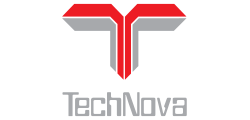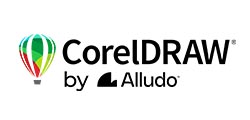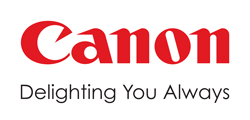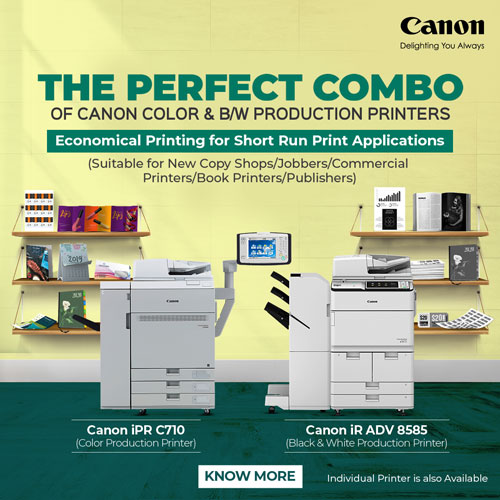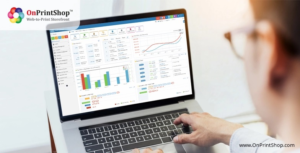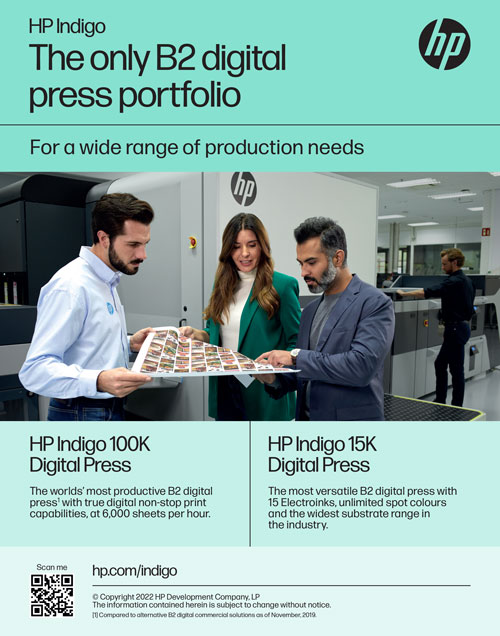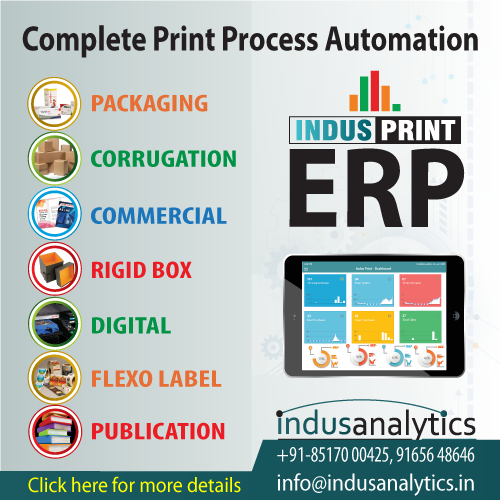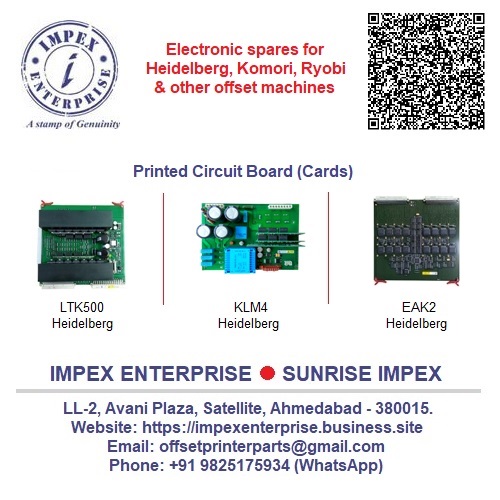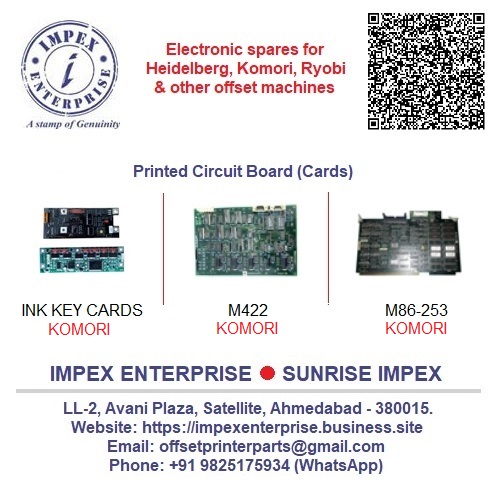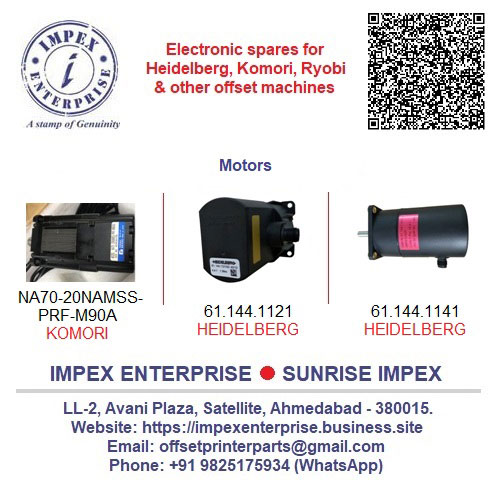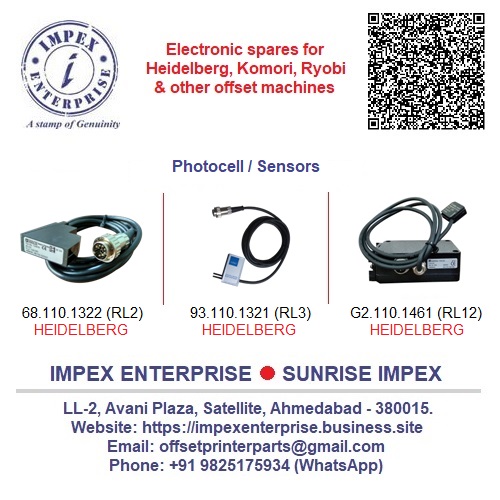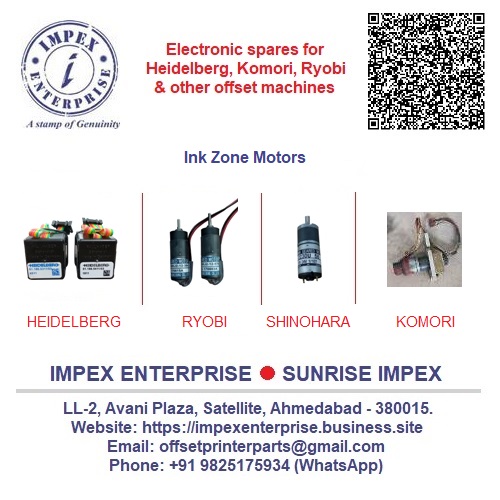MANOJ KOTAK
As a personal passion, I offer free consultancy to any and many printing companies looking for information on web to print technology. I help them identify and implement the right solutions for their needs.
Most of them share comparison sheet sent by W2P vendors comparing their web to print solution with other providers, most of the time these is in a tabular form, with features list listed in the first column, and name of service providers on the first row.
Almost always, whoever initiated this comparison, will give their own web 2 print products full marks, while shooting off competitors against each feature of his own. Normally this feature list is long, and most printing companies want a feature-bulky product, without really understanding the fact, the nitty-grit-ties, training, their role, the technical feasibility, their need, and most importantly the cost involved for the same.
The list is forcefully made so extensively that it almost covers up every role in their organisation. Special libraries been used, testimonial numbers without actual URL/ website address of running web to print storefront, server specification, etc. are put. It talks about everything except what’s there for printing companies/ printing industry looking out for web 2 print solution.
I think they work on the dreaded principle of – “If You Can’t Convince Customer Confuse Them!” Web to Print technology’s core function was to act as bridge between end printing customer (retail as well as corporate) and automate time-intensive tasks towards creating the final print-ready file.
This list will talk about ERP, Workflow, Photo Album, Large format, Sub-Print Vendor Management, Print Market Place, B2B, Book Printing, Third Party Integration and so on. The list keeps growing without talking about how and which feature is going to cut the TAT so that a ready-to-print orders jumps on to the desk of the printing company.
It’s great if you are offering all these features, with a facility for users to Use It Or Lose It, or giving them a choice to pick what they want to use. But not if every feature has a cost, and which can balloon up to US$6000 a year + a huge US$2500 setup fee, and still there are many modules which have been treated as Add-Ons For Additional Cost. There’s no end to it. They even go on to add a Setup Fee + Cost On Cost! This is what really scare printing companies adopting w2p!
Eventually, when clients raise their concern about the escalating cost, again the circle starts, and they are directed back to plans labeled SOHO, Basic, Start-up, Professional, Enterprises, Multi-store and finally ownership license for web to print storefront. Even then, most printing companies are not sure about what they are buying and at what cost?
Simply put, when you are implementing web 2 print for the first time, understand what you really need is a facility to offer print products, insert rates based on parameters such as paper quality, quantity, specialised printing items, etc.
Facility for users to carry on basic editing, see digital proof, and pay online to confirm the order must be there. Post the order, you need a job-sheet, pre-flight checked print-ready artwork file, and a mechanism for informing the client about the status of the job. In addition, a dedicated module for your corporate/ exiting clients is great. To start with, these are the must-have features for every web to print solution.

